Future bass is a super dynamic and evolving electronic dance music (EDM) sub-genre that is making major waves in the production community.
It mixes the captivating harmonics of melodic synths with the raw power of heavy basslines for super energizing, hypnotic tracks.
The complex rhythms and textured vocal chops can instantly get your listeners hooked.
So, as a future bass producer, it’s important to know all about its unique sound design and different key elements to learn how to make future bass tracks that rise to the top.
Plus, blow the competition out of the water, which is always a plus.
In today’s article, we’re breaking down:
- How to make a future bass beat from start to finish ✓
- DAW selection for future bass ✓
- Sound design for synth and bass ✓
- Crafting distinctive chords/chord progressions ✓
- Developing dynamic basslines ✓
- Creating captivating melodies ✓
- Integrating and manipulating vocal chops ✓
- Drum programming techniques ✓
- Advanced sampling and layering ✓
- Arrangement and structure ✓
- Mixing & mastering techniques ✓
- Much more about how to make future bass songs ✓
By the end of this article, you’ll have a solid understanding of how to make future bass songs that really captivate and move your audience.
Your tracks will demand attention and take over the dancefloors.
Plus, whether you’re starting your journey or looking to refine your skills, the following pro tips will really help enhance your production skills as a whole.
So, let’s dive in so you can learn how to make future bass songs like the biggest names in the industry…
Table of Contents
- What is Future Bass?
- #1. Choosing The Right DAW For Future Bass Tracks: Ableton Live, FL Studio & Logic Pro
- #2. Sound Design Fundamentals
- #3. Future Bass Chord Progressions: Everything You Need to Know
- #4. Developing Dynamic Future Bass Basslines
- #5. Creating Captivating Future Bass Melodies
- #6. Vocal Chops: All Day, Every Day
- #7. Drum Programming & Rhythm Creation
- #8. Structuring Your Tracks to Maintain Interest
- Bonus: Mixing Techniques for Future Bass
- Mastering Essentials & Tips for Loudness and Dynamic Range
- How to Make Future Bass Beats: Final Thoughts
What is Future Bass?
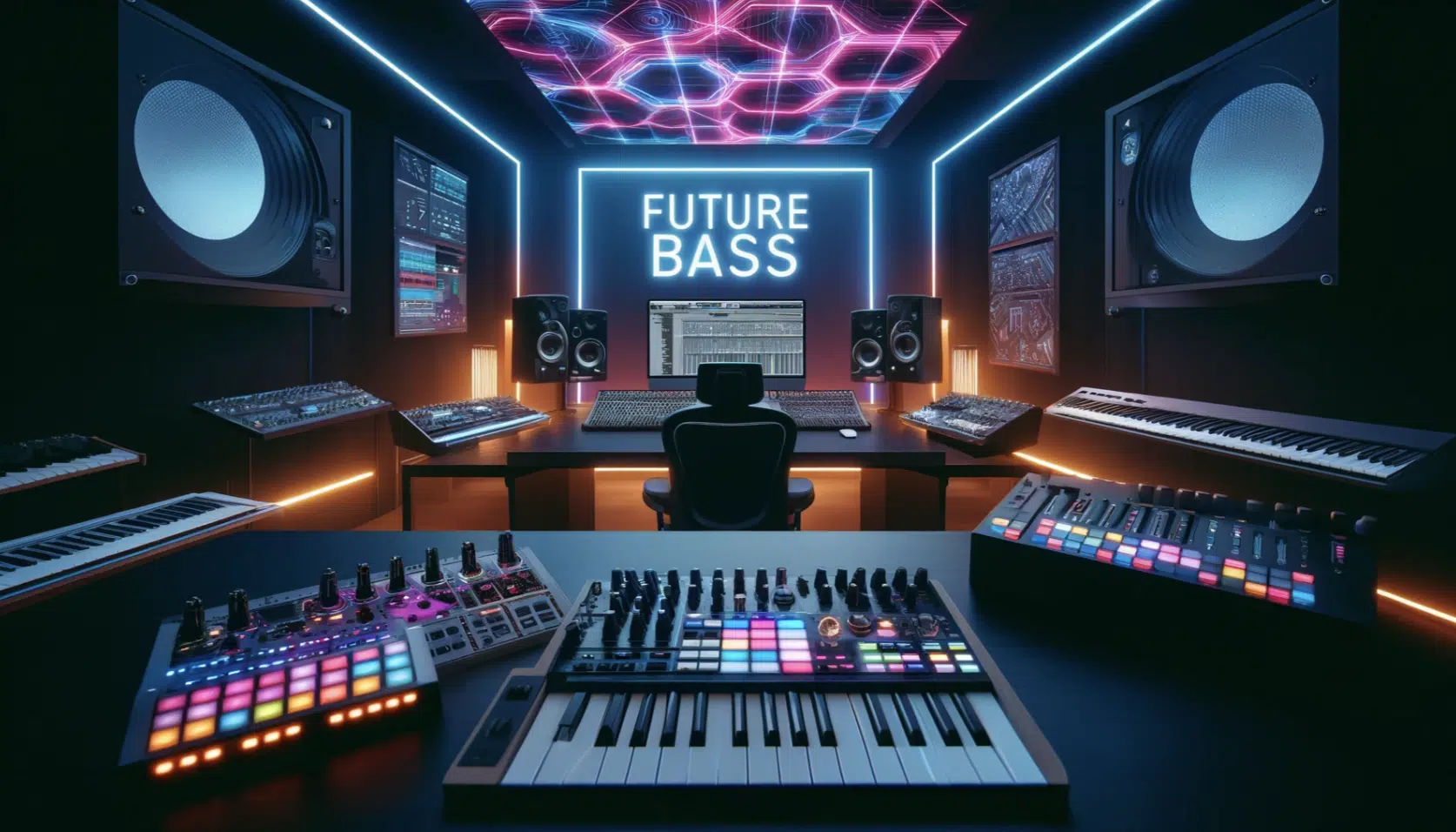
Future bass is one of those addicting genres that thrive on unique soundscapes, fusing melodic overtone and hard-hitting bass components.
Its key/main elements are:
- Complex chord progressions
- Vibrant synth patches
- Mind-blowing basslines that drive people crazy
- Vocal chops
If you didn’t know, it actually is influenced by trap music and dubstep, combining the rhythmic bass of trap with the melodic elements of EDM.
These elements are typically layered over syncopated drum patterns and occasionally melodic hooks which add another desirable captivate the listener.
It often includes fluctuating dynamics that range from epic highs to mellow lows, providing a dramatic, cinematic texture to each track.
Future bass is not just about the sound but the experience it offers 一 making it perfect for those who love the thrill of creating emotionally-charged music.
Don’t worry, we’ll dive deeper into everything you’ll need to know about how to make future bass beats that actually sound good, fluid, and professional.
#1. Choosing The Right DAW For Future Bass Tracks: Ableton Live, FL Studio & Logic Pro
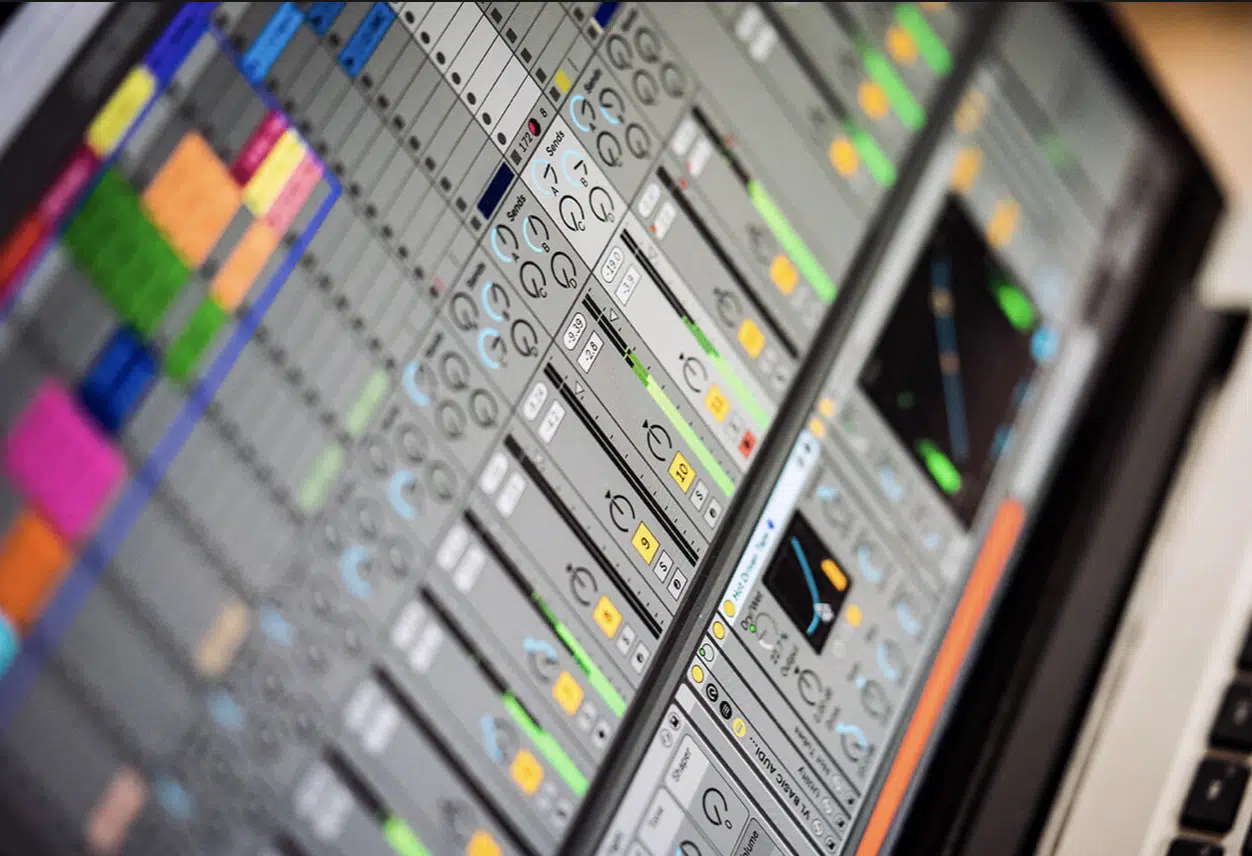
When you’re learning how to make future bass beats, it all starts with your DAW.
Ableton Live is a top choice for future bass producers due to its various features that can help streamline your music production process.
Its Session View is super beneficial for playing with arrangements and its Warp feature is perfect for manipulating vocal chops (which you’ll need to produce future bass).
NOTE: Producers like San Holo often use Ableton Live, so you know that it can get the job done, that’s for sure.
You should definitely take advantage of the powerful sampling capabilities and MIDI integration for inspiration and more innovative sounds.
Overall, Ableton Live is a great choice when you’re learning how to make future bass beats and want to play around with some advanced techniques.
FL Studio is another popular choice, renowned for its pattern-based approach and invaluable step sequencer/piano roll.
This, of course, makes it perfect for constructing complex drum patterns and layering melodies that really shine.
Logic Pro X also stands out with its high-fidelity audio processing and extensive library of virtual instruments and loops for future bass.
Plus, its Alchemy synth is a powerful tool for creating rich, evolving pads and leads that are essential for the lush soundscapes typical in future bass tracks.
Whether it’s Ableton Live, FL Studio, Logic Pro X, or another DAW, just make sure it compliments your unique style and workflow.
-
Pro Tip: Top Plugins & Samples for Future Bass
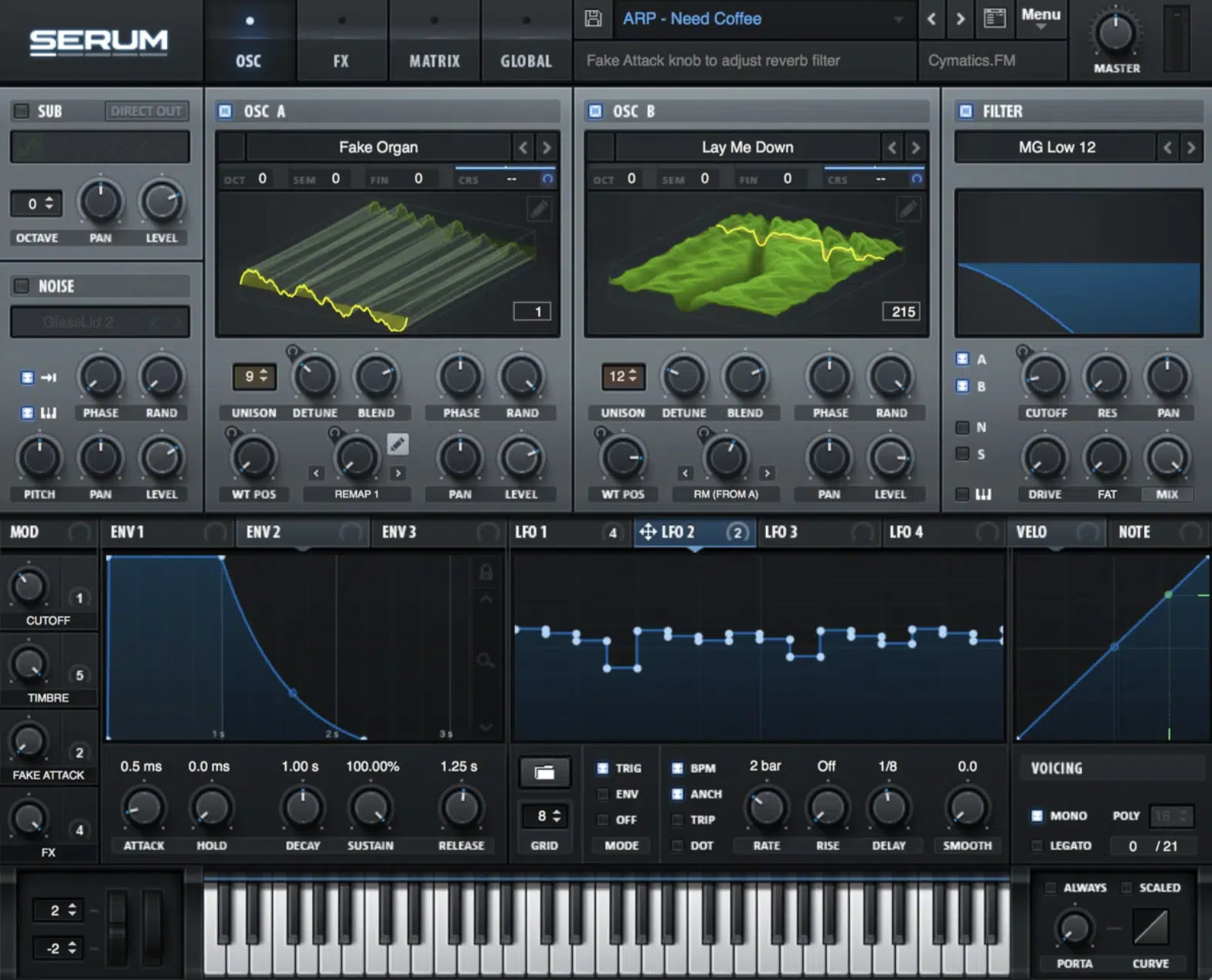
For producing those iconic future bass sounds, Serum is a must-have.
If you’re unfamiliar, Serum is an invaluable wavetable synthesizer known for its high-quality sound and unmatched flexibility.
It deep modulation capabilities are key for designing dynamic basses and intricate leads that help future bass shine.
NOTE: Its ability to import custom wavetables, my favorite inclusion, also helps in creating personalized sounds that can set your tracks apart and give you a leg up.
Sample packs are equally important in achieving the professional sound characteristic of future bass.
Look for samples/packs that include a variety of percussive and melodic elements, such as crisp snare drums, deep kicks, atmospheric pads, and bright synth leads.
If you’re looking for the top Future Bass samples, we’ve got you covered.
#2. Sound Design Fundamentals
Sound design is key in defining the unique sonic character of your future bass songs. So, let’s break down my personal favorite part: creating signature synth sounds and experimenting with different layers and textures to elevate your music. When you’re learning how to make future bass songs that really pop (and not just a little bit), it’s all about that sound design.
-
Creating Signature Future Bass Synths
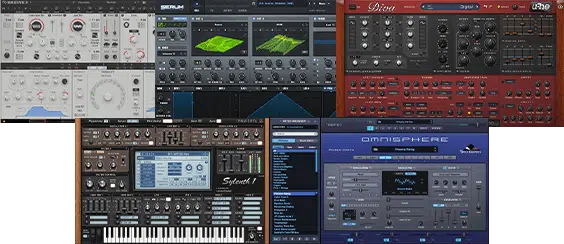
One of the signature future bass elements is modulated synths which typically use complex chord progressions to drive the emotional impact.
So, when you’re learning how to make future bass tracks, start by choosing a powerful synthesizer like Serum or Massive, which allows for detailed sound manipulation.
For a typical future bass synth sound, you might start with a supersaw waveform, applying heavy detuning to widen the sound.
Envelopes and LFOs are key here: modulate the cutoff frequency of a low-pass filter with an LFO to achieve that characteristic swelling effect.
To make your synths stand out, consider layering different oscillators 一 each with slight variations in detune and waveform type.
For instance, mixing a square wave under your saw waves can add fullness to the sound.
Additionally, incorporating pitch modulation on the attack of your notes can inject a dynamic, almost vocal-like quality into your leads which is super intriguing.
NOTE: Artists like Marshmello and Illenium excel in using these techniques to create sounds that are not only rich and full but also dynamic and expressive.
It really captures the essence of future bass, which you want people to hear right away.
-
Experimenting with Sound Textures and Layers
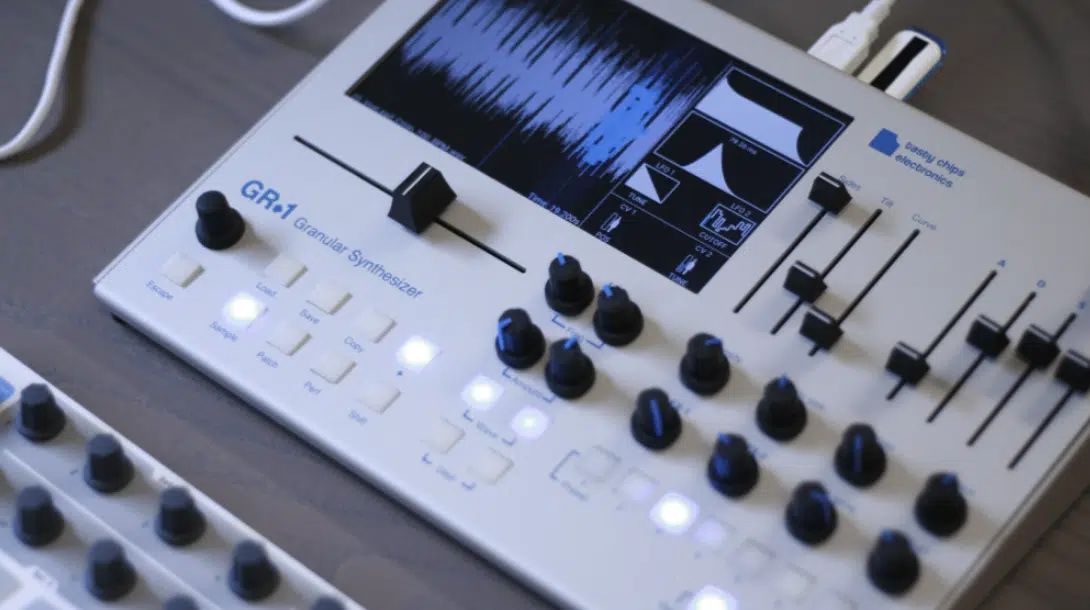
Texture and layering play an important role in the depth and complexity of your tracks.
In future bass, it’s common to layer multiple synths to create a wall of sound that feels immersive, wide, and irresistible.
Start by selecting synths that fill different parts of the frequency spectrum:
- A deep bass layer
- A rich mid-range chord pad
- A bright, clear top melody line
This ensures each layer has its own space 一 minimizing muddiness in the mix.
Also, try throwing in some organic elements (like real instruments or ambient noises).
These can be manipulated with effects like reverb, delay, distortion, or granular synthesis to blend seamlessly with synthetic sounds.
It will add a bit of extra uniqueness and texture to your tracks.
For example, try to layer a synth pad with a subtly processed field recording of rain or play around with crowd noise to add an atmospheric quality.
Mixing synthetic and natural sounds is super common if you ask future bass producers (like Flume) to create a signature sound that is both futuristic and grounded.
By carefully balancing these elements, you can create a complete soundscape that really enhances the emotional and dynamic range of your future bass tracks.
One that will have people talking about it for days.
#3. Future Bass Chord Progressions: Everything You Need to Know
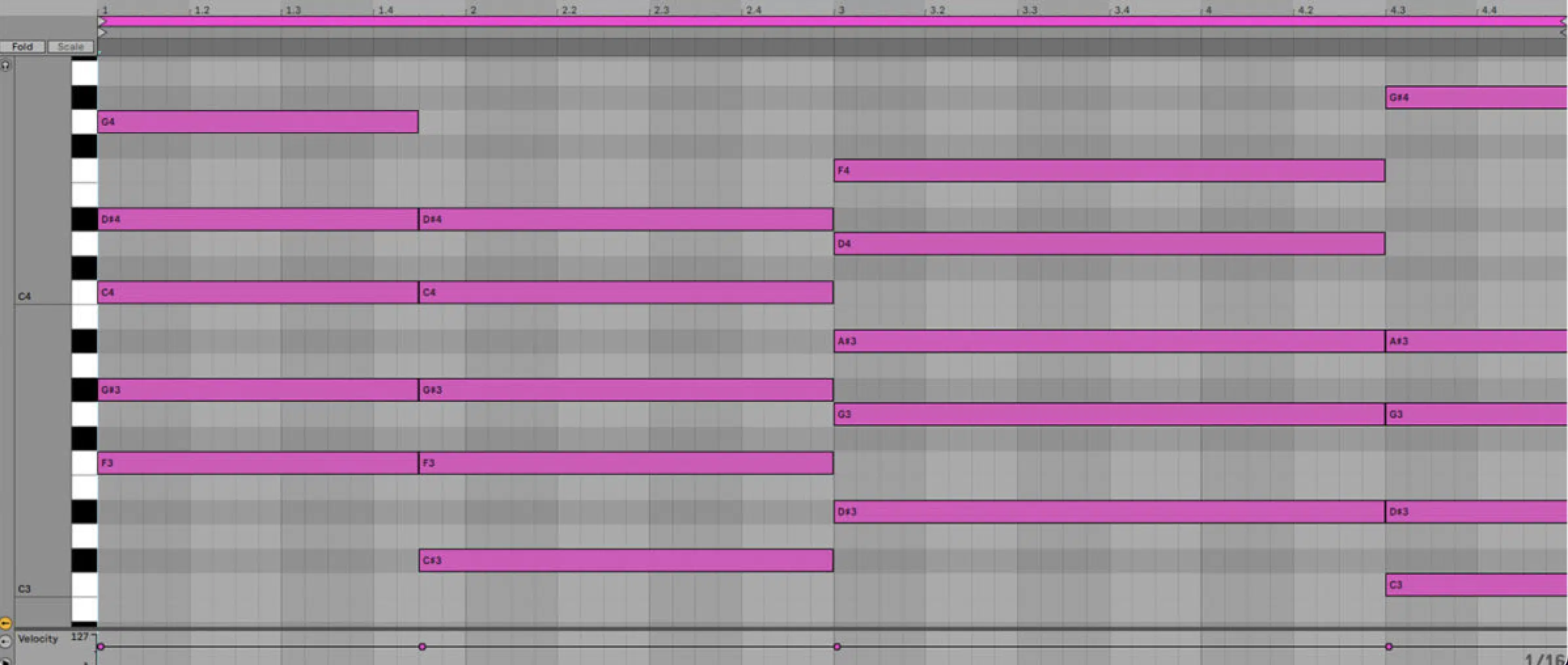
When you want to learn how to make future bass tracks like a true professional, chord progressions are the key 一 providing the emotional and harmonic foundation.
To create impactful future bass tracks, it’s essential to understand how to construct chord progressions that give off the right emotions and support the dynamic nature.
Make sure to play around with seventh chords and ninth chords a little bit (which are richer and more complex than simple triads).
These future bass chords add depth and some edge to your chord progressions.
This is extremely important for achieving the dynamic, captivating sound future bass is all about.
For example, a common chord progression in future bass might be:
- Cmaj7
- Am7
- Em7
- A G note
These types of chords provide a lush, expansive sound that works well under powerful synth leads and dynamic basslines.
NOTE: Utilizing different chords and chord progression techniques, like adding a Dsus2 or an Fmaj9, can give your chord progression a unique character and make your track stand out.
Remember, it’s all about getting creative and trying new, exciting chords/chord progression variations that really compliment the overall vibe of future bass.
-
Pro Tip: Inversions, Voice Leading & Chord Suspensions
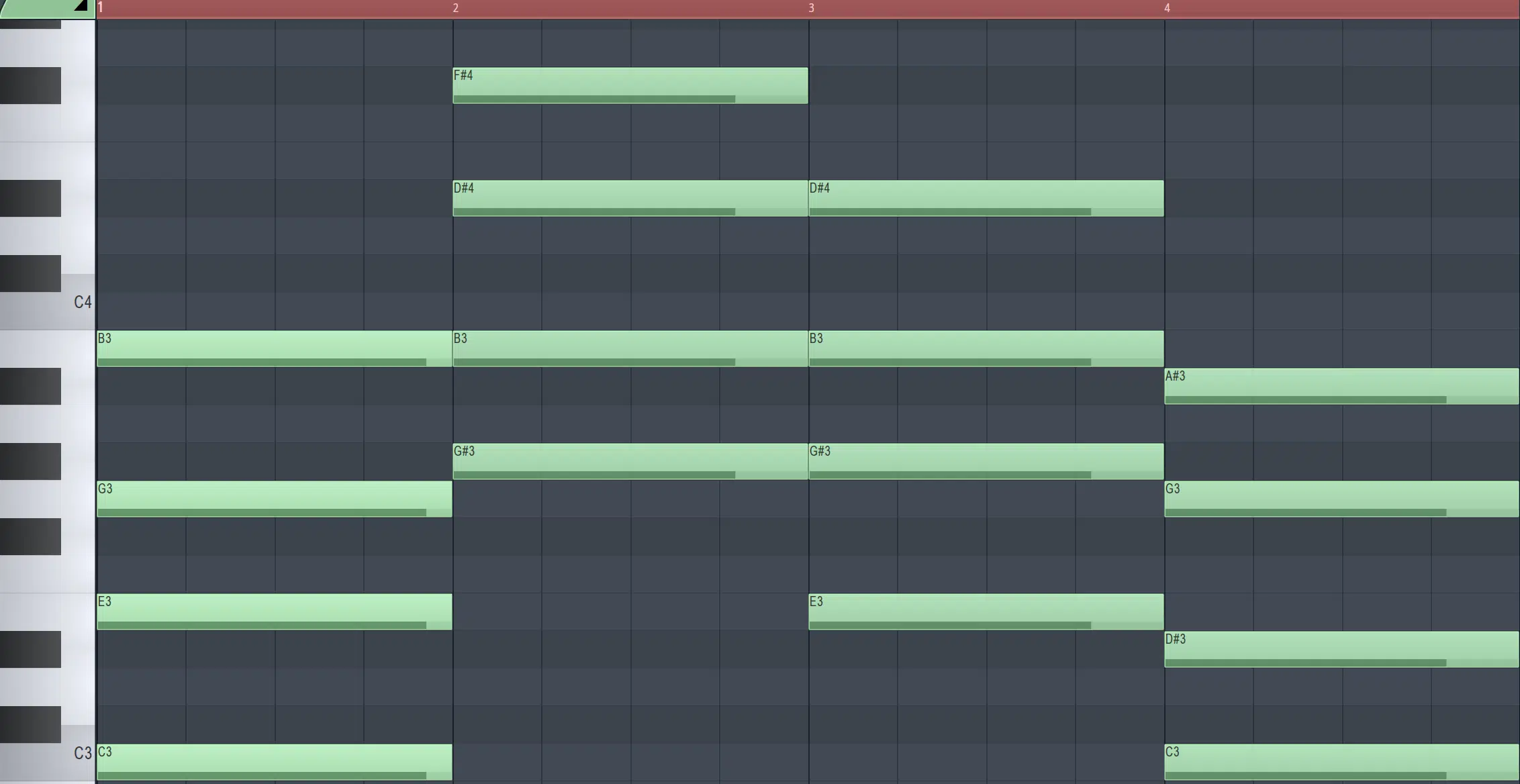
In addition to traditional chord structures, incorporating inversions and voice leading can enhance the smoothness of your chord transitions.
They’ll help make your sequences more cohesive and polished with every note.
When constructing your chord progressions, try to maintain consistent voice leading…
For example, keep common tones between future bass chords in the same position or move them by step rather than by leap.
It’ll help your tracks sound professional and, not to mention, epic.
The use of chord suspensions and additions (such as sus2 or add9) can introduce tension and release, which are vital for dynamic arrangements in future bass.
Including these harmonic elements can dramatically elevate the emotional impact of your music 一 making it resonate more deeply with listeners.
By mastering the art of chord progressions, you lay a solid harmonic foundation that supports all other elements of your future bass track.
From melody and bass to rhythm, vocal chops, and everything in between.
Remember, whether it’s your first/second chord or your final one, it should all be cohesive and mesmerizing.
#4. Developing Dynamic Future Bass Basslines

Creating an insanely hard-hitting (and dynamic) bassline is essential for driving the rhythmic and harmonic foundation of a future bass track.
The bass should not only support the chord progressions but also blend interestingly with your drums and melodic elements.
Start by choosing a synthesizer that is capable of producing deep, full tones, such as Serum or Massive.
Then, with your synths, create a show-stopping bassline that complements the harmonic content of your chords.
NOTE: For example, if your chord progression uses a lot of minor seventh chords, your bassline should emphasize the root and seventh notes to reinforce the harmony.
Layering is another top technique in bassline development.
Consider layering a sub-bass, focused solely on low frequencies, with a mid-bass that adds character and texture.
This will make sure that your bassline is powerful on large sound systems while still sounding full on smaller speakers.
NOTE: Try side-chain compression between the bass and the kick drum to allow the kick to punch through cleanly to enhance the rhythm and make your track more fluid.
-
Pro Tip: Rhythm & Groove
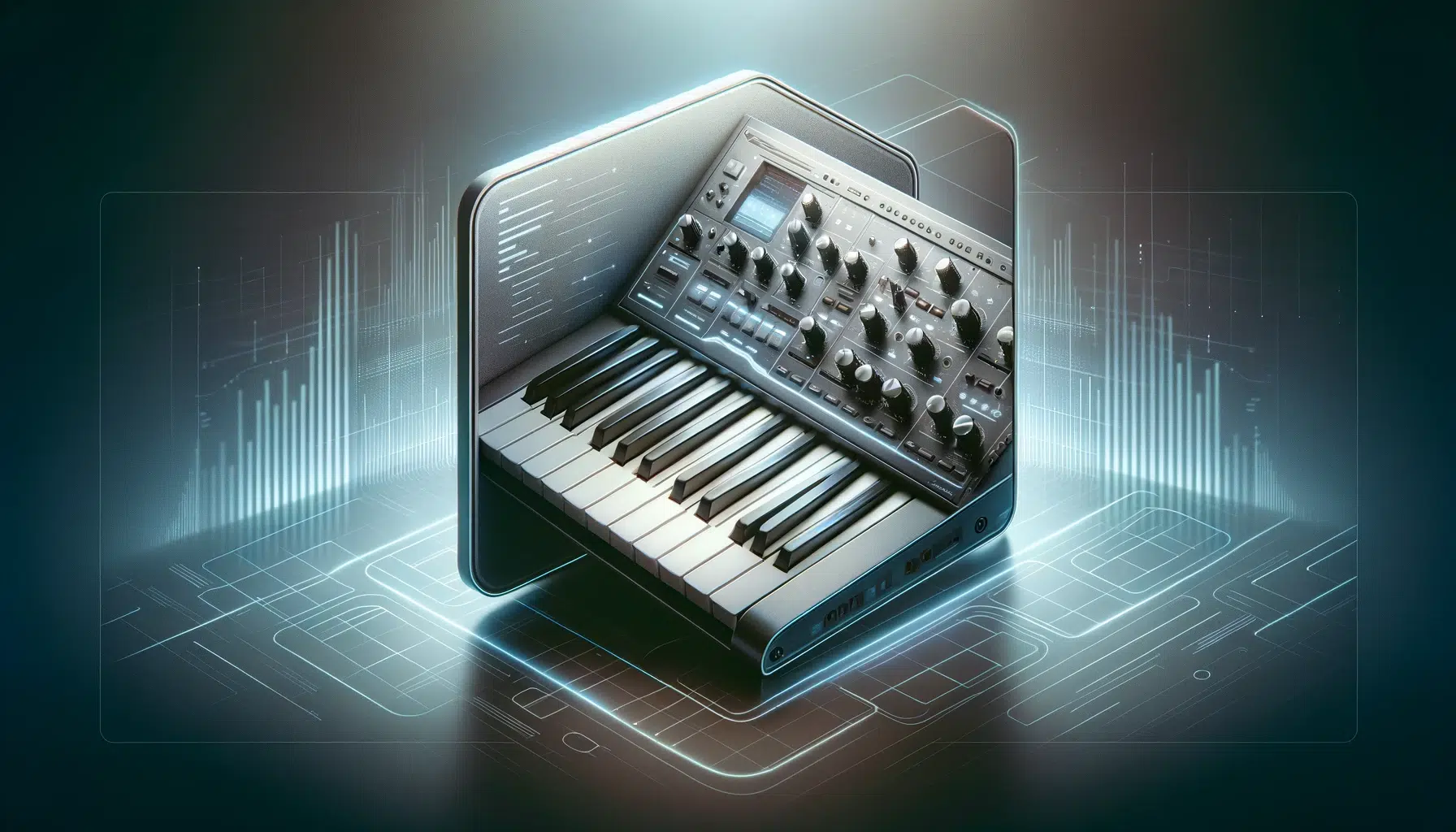
The rhythm of your bassline can significantly impact the groove of your track, so try experimenting with syncopation by placing bass notes off the beat or in unexpected places within your bar.
This will create a more engaging, bumpin’ bassline that can propel your track forward.
Utilizing pitch bends and slides within your bass patches can also add a unique flair and maintain listener interest throughout the track.
This will help your bassline be a feature of your future bass track, not just a background element or afterthought (which is very, very important).
#5. Creating Captivating Future Bass Melodies

Your future bass melodies will be the other central theme of your track, carrying the (main) emotional message to your audience.
When laying down melodies for future bass, start by laying down something simple that captures the essence of the exact emotion you’re trying to express..
Using a MIDI keyboard or piano roll, sketch out a melody that rises and falls smoothly 一 reflecting the dynamic nature of future bass.
NOTE: Throw in instruments like plucked synths or a bright lead synth to help articulate these melodies clearly above the mix.
To enhance the expressiveness of your melodies, use various articulations and dynamics throughout.
Techniques such as increasing the velocity on certain notes (not all the notes) or using pitch-bending to lead into new phrases can make your melody legendary.
Incorporate echo or delay effects to extend the presence of the melody within the track, creating a dream-like quality that future bass fans go crazy for.
This effect will fill out your track and connect different sections of your melody ideally.
-
Pro Tip: Counter-melodies
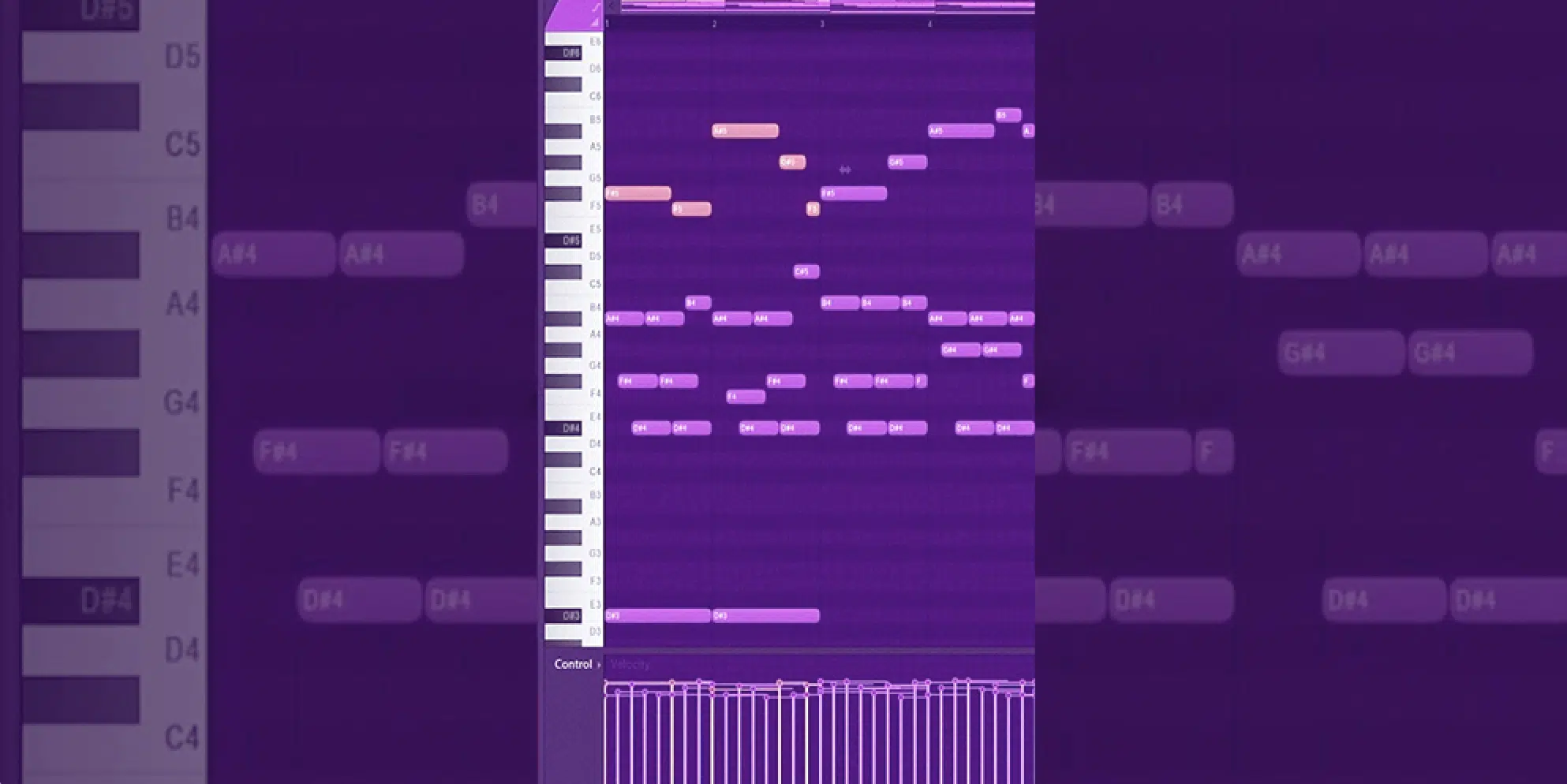
Once your main melody is set in stone, create a secondary melody, aka a countermelody, that compliments and interacts with it perfectly.
Do so by having your counter-melody ‘answer’ the main melody (like a conversation) or by moving around it rhythmically and harmonically.
For example, if your main melody is fast and rhythmic, consider a slower, more sustained counter-melody to provide balance.
This melody layering will enhance your beat, and its musical complexity, to make sure you master how to make future bass melodies like a champ.
#6. Vocal Chops: All Day, Every Day
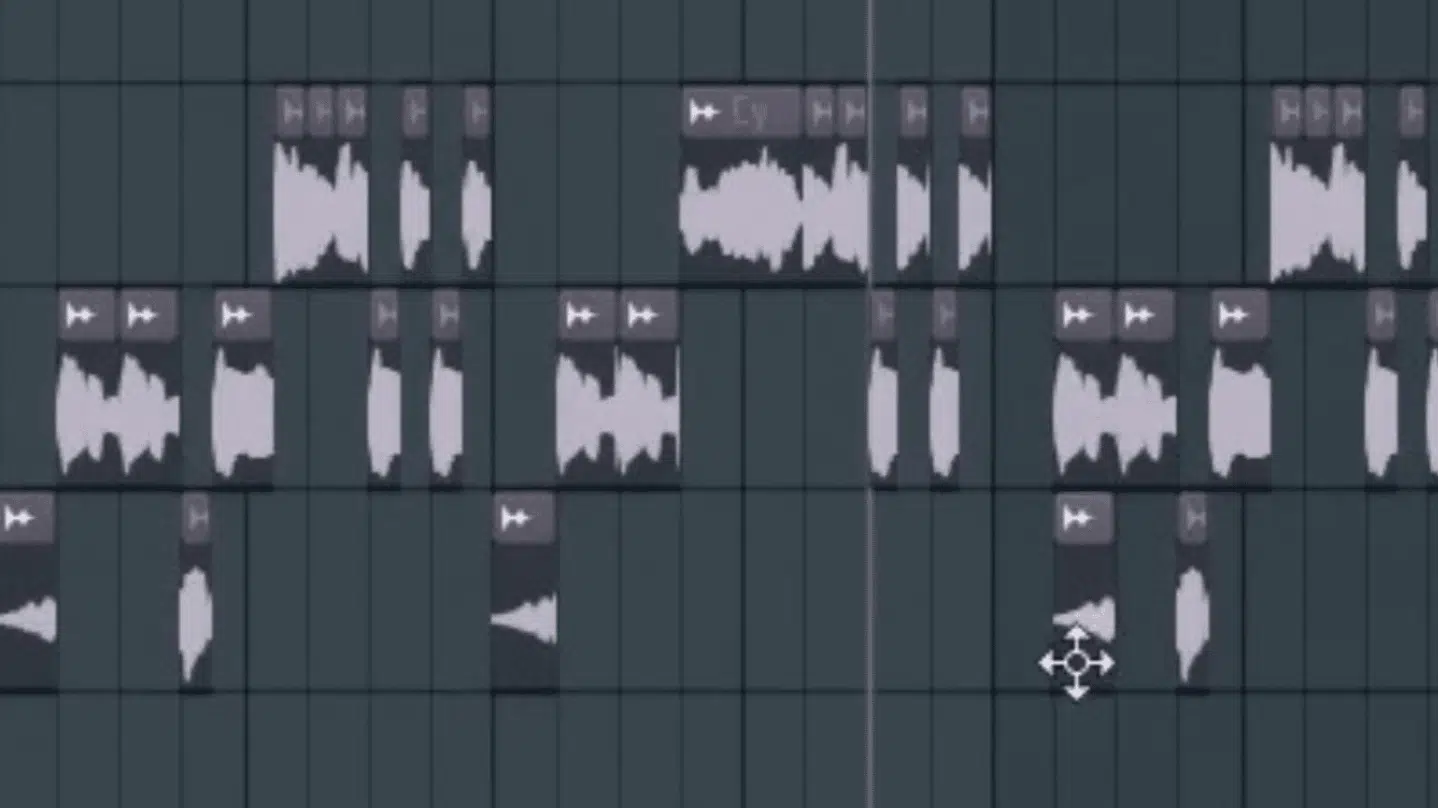
Vocal chops have become a signature element in future bass, bringing that human touch to the electronic texture of the genre.
Start by selecting a vocal sample that fits the overall emotional tone of that particular track, which can be:
- A Lyrical phrase
- A Single work
- Breaths/sighs
- Etc.
Tools like Ableton Live’s Simpler or FL Studio’s Slicex are perfect for chopping these samples into playable segments.
Once you have your vocal samples sliced, the next step is to sequence these chops into a rhythmic pattern that complements your track’s melody and rhythm.
Listen carefully and adjust the pitch and length of each chop to fit the track’s scale and tempo.
NOTE: Applying effects such as reverb, delay, distortion, or even auto-tune can transform these chops into some serious ear candy.
And, automating parameters like reverb size or delay feedback on your vocal chops during different sections of your track can create a dynamic, evolving sound.
-
Pro Tip: Timing is Everything
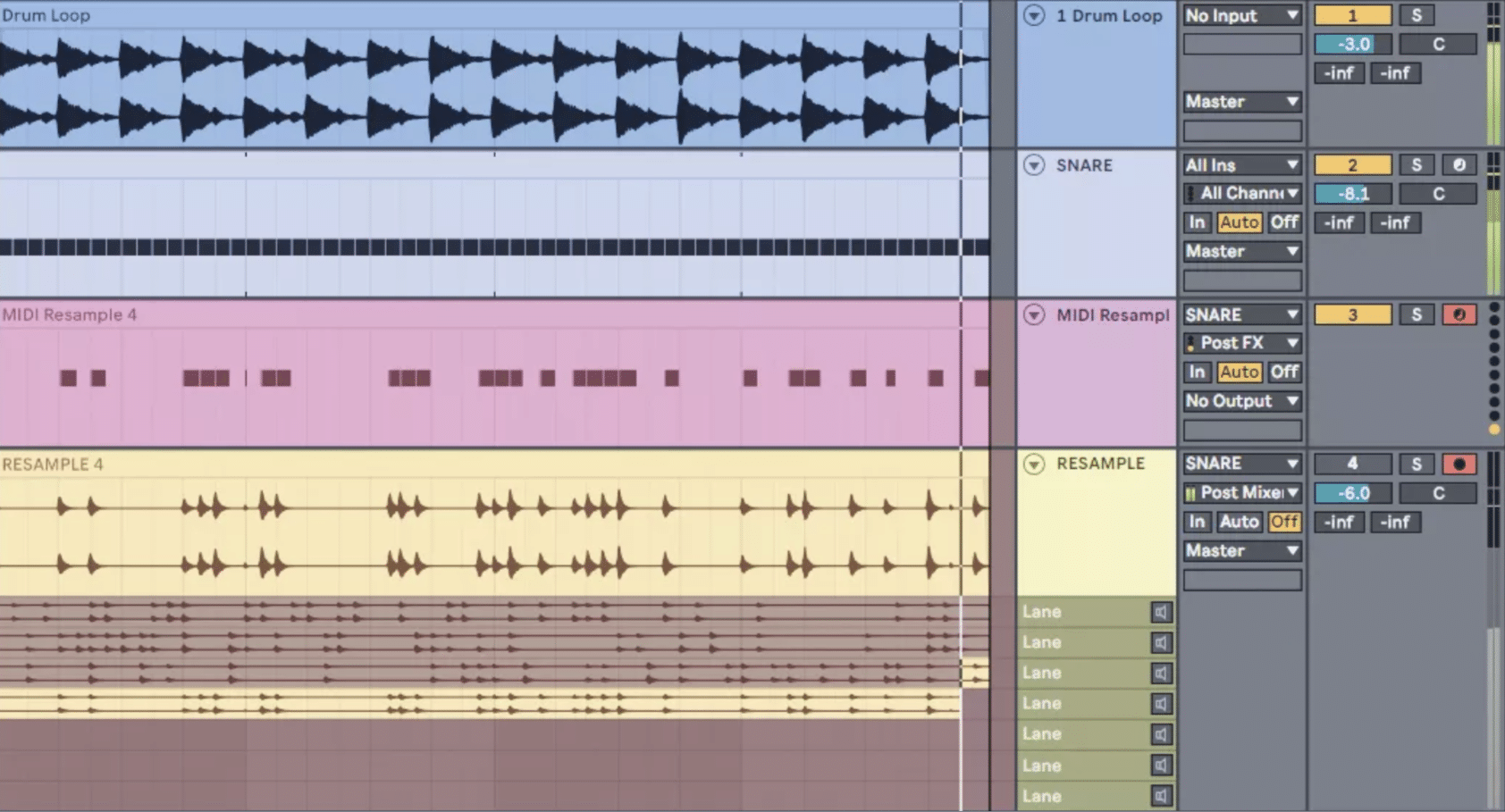
To properly incorporate vocal chops (whether it’s an acapella clip or a full phrase) into your future bass track, always consider their arrangement throughout the song.
Place them in ways that emphasize key moments, such as the buildup or drop.
You can also layer chops with varying effects settings or maybe an octave change to build a fuller, more complex sound field.
Experimenting with the stereo field can further enhance this effect 一 panning different chops across the soundscape to increase the track’s spatial depth.
This way, your vocal chops are not only a unique feature, but a driving force.
#7. Drum Programming & Rhythm Creation
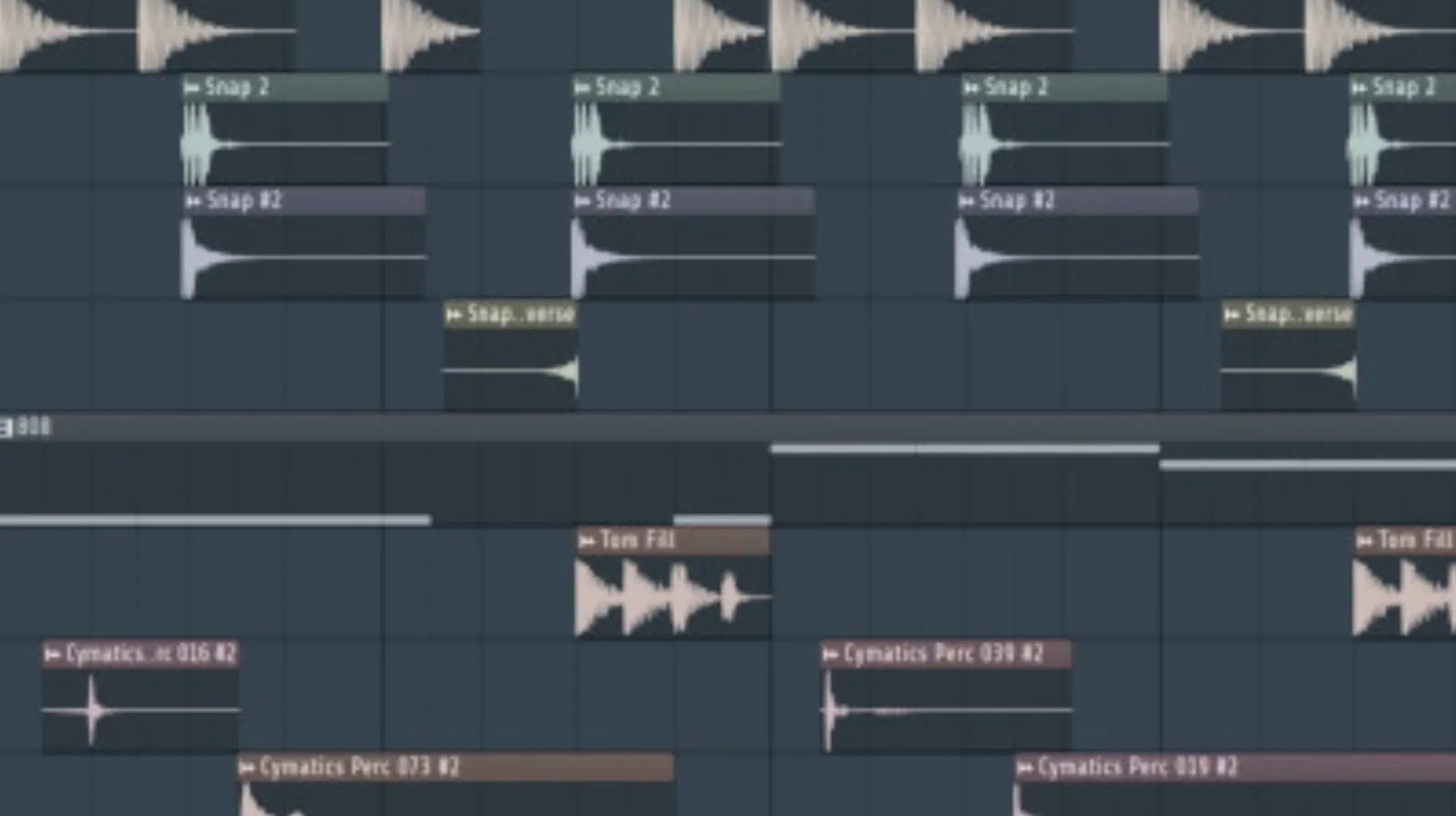
Drum programming and rhythm creation form the heartbeat of future bass production.
The drum beat in a future bass track combines the punch of hip-hop with the hypnotic qualities of EDM to create an infectious rhythm that will move your listener, guaranteed.
Start by selecting thick, punchy kick drums that cut through the mix and pairing them with snappy snares to establish a solid backbeat.
Layering is key, so try adding a softer, more ambient snare or clap on top of the primary snare to enhance the texture and depth of your beat.
Hi-hats also play a key role in adding liveliness/extra rhythm to your future bass tracks.
Use a combination of closed hi-hat rolls and open hi-hats to create a varied, syncopated pattern that compliments the groove of your bassline and melody.
Experiment with the velocities of these hi-hat hits to give your track a more human feel 一 avoiding the mechanical sound that can come from electronic production.
Automation in hi-hat panning or volume can also introduce movement, so make sure to play around with that as well.
NOTE: If you really want to learn how to manipulate drums like a true pro, make sure to play this video on YouTube breaking down the best drum techniques; perfect for when you want to make future bass songs that blow the competition away.
#8. Structuring Your Tracks to Maintain Interest
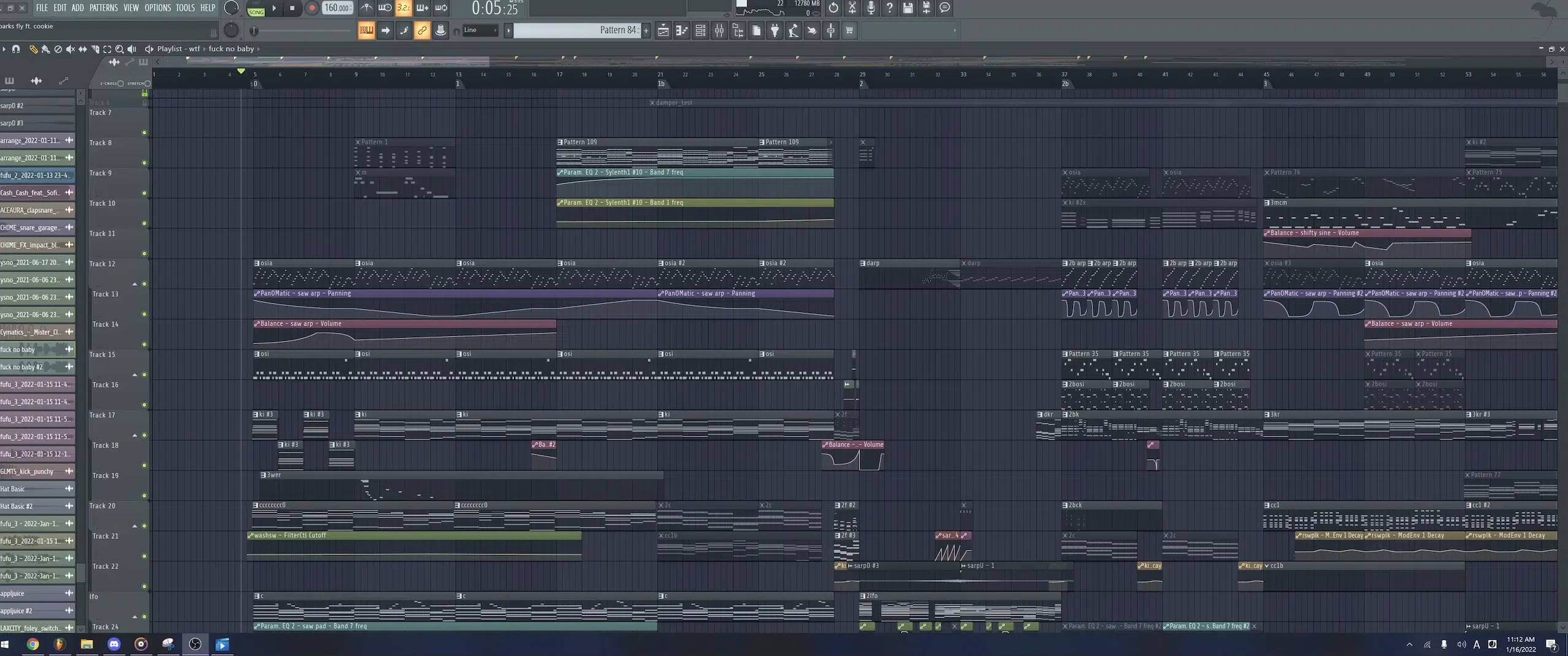
Future bass tracks typically follow a song structure that builds tension and releases energy in dramatic drops (which is what it’s all about).
#1. Start with an intro that sets the tone, using atmospheric pads or filtered synths to create anticipation.
#2. The verse should introduce the main melodies and chord progressions, gradually layering elements to build depth.
#3. As you come to the chorus or drop, strip back two layers momentarily to heighten suspense before unleashing a full, powerful bassline and lead synth melody.
#4. During the drop, focus on delivering maximum impact by combining all elements:
- Intense drum patterns
- Commanding basslines
- Epic chord progressions
#5. After the drop, transition into a bridge or breakdown that provides a momentary respite 一 allowing listeners to absorb the previous sections.
It’s all about keeping the listener fully engaged and leaving a lasting impression.
-
Pro Tip: Breakdown, Build-up & Drop Dynamics
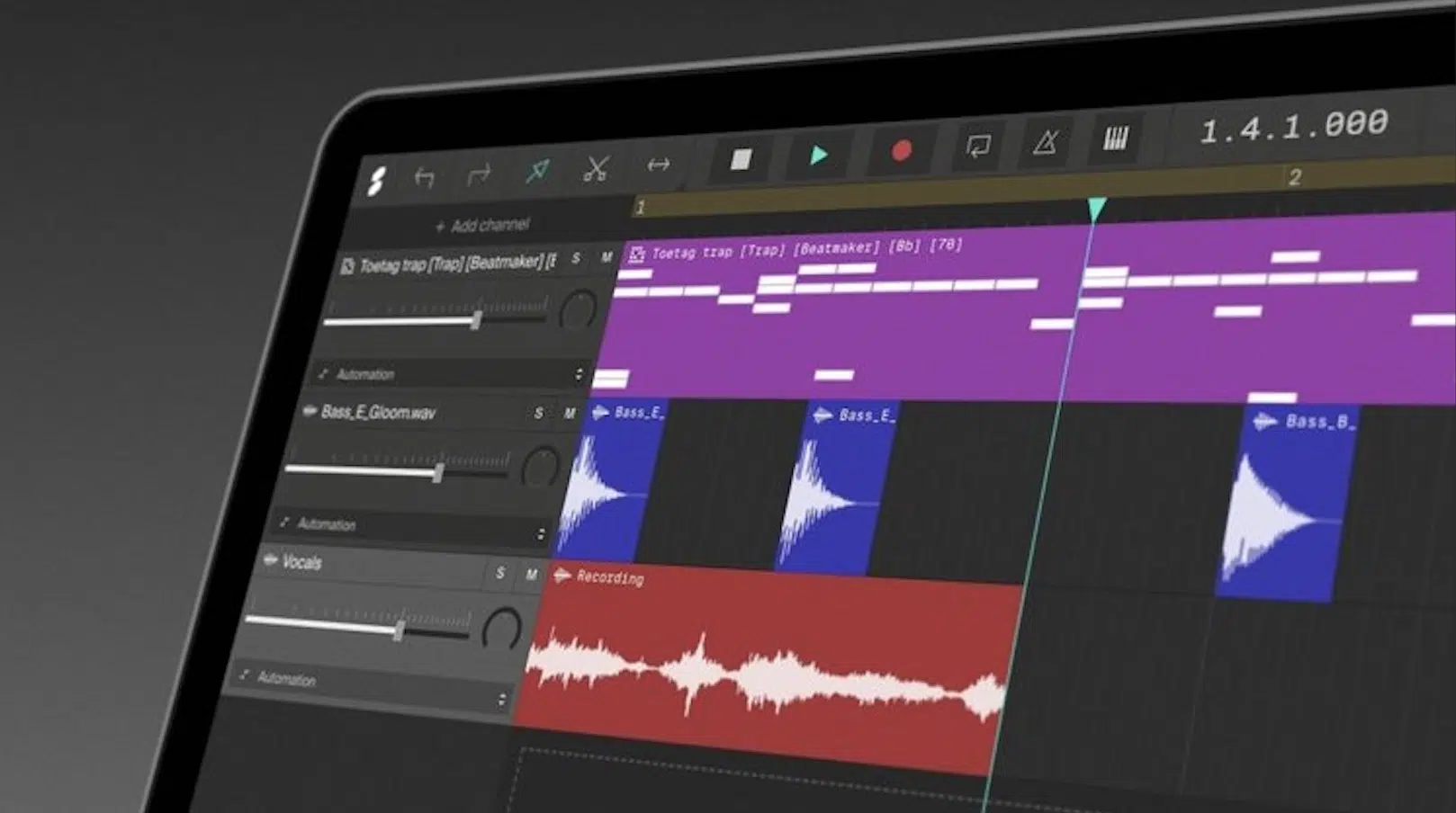
The breakdown section is your golden opportunity to play around with more experimental sounds and textures.
Use this part to introduce variations in your melody or new synthesizer patches that differ slightly from the main themes.
This variation can keep the track interesting and give the listener something to really grasp on to and get invested in.
The build-up should gradually reintroduce energy with rising synths, faster percussive elements, and increasing tension in your arrangement.
When it comes to the drop, you better bring that show-stopping, surprising quality by:
- Manipulating pitch
- Switching up the rhythm
- Incorporating layering techniques like we covered
Remember, you want the final result to really catch people off their feet while giving them exactly what they expect (if that makes sense lol).
For example, pitch-bending your lead synth or introducing a new rhythmic element that was subtly hinted at in the build-up can create a drop that feels inevitable yet inventive.
Layering in some new, unexpected sounds or briefly altering the track’s tempo just before the drop can also enhance the impact.
It will provide a fresh twist that everybody likes to hear.
When you’re playing around with the drop, make sure to emphasize the contrast between the build-up and the drop itself, so it’s fuller and more intense.
Also, use thicker layers, more pronounced bass, and a wider range of high and low frequencies to make the drop stand out even more; it’s the main attraction.
NOTE: Adding unexpected elements like a sudden vocal chop or a point switch in drum patterns can make the drop more memorable and exciting 一 it’s all about inspiration and making your future bass songs feel complete.
Bonus: Mixing Techniques for Future Bass
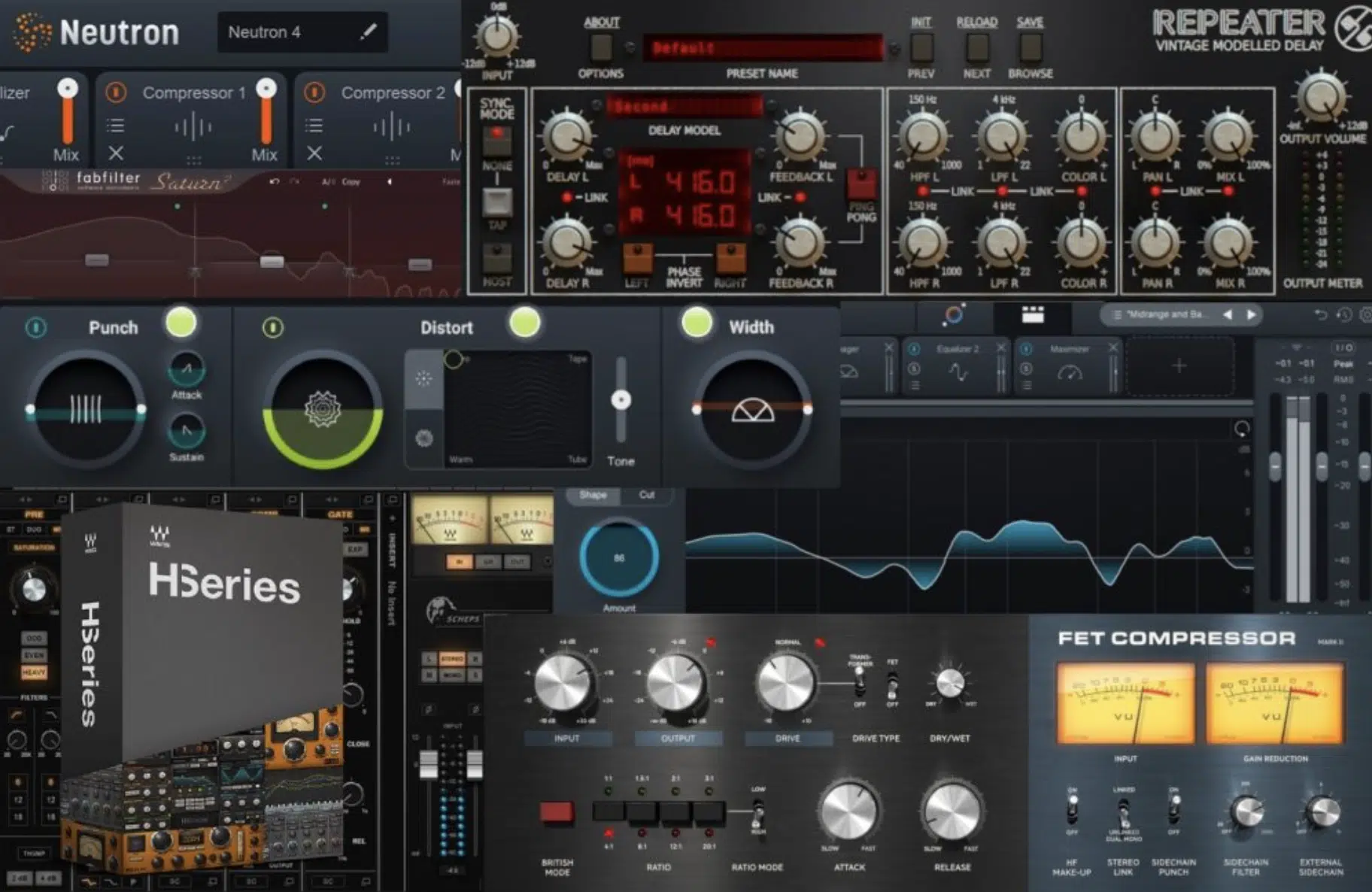
When you’re learning how to make future bass songs that rise above the rest, it’s essential to balance your track so each element is clear and has its own space within the mix.
Start with gain-staging to make sure no individual MIDI track is too loud or too quiet, which helps maintain headroom and clarity throughout the mix.
Use EQ to carve out problem frequencies that might be clashing between elements, such as the bass and kick drum.
For example, if your bass is masking the kick, apply a high-pass filter to the bass or notch out a specific frequency on the bass where the kick needs to punch through.
Dynamic processing is also vital 一 using compression on your drums and bass can tighten the mix and enhance the rhythm’s impact.
Side-chain compression is also useful in future bass…
By ducking the volume of synths and pads whenever the kick hits, you create a pumping effect that is synonymous with the genre.
This not only helps the kick really pop but also adds a rhythmic dynamic to the track that enhances the overall groove.
Mastering Essentials & Tips for Loudness and Dynamic Range
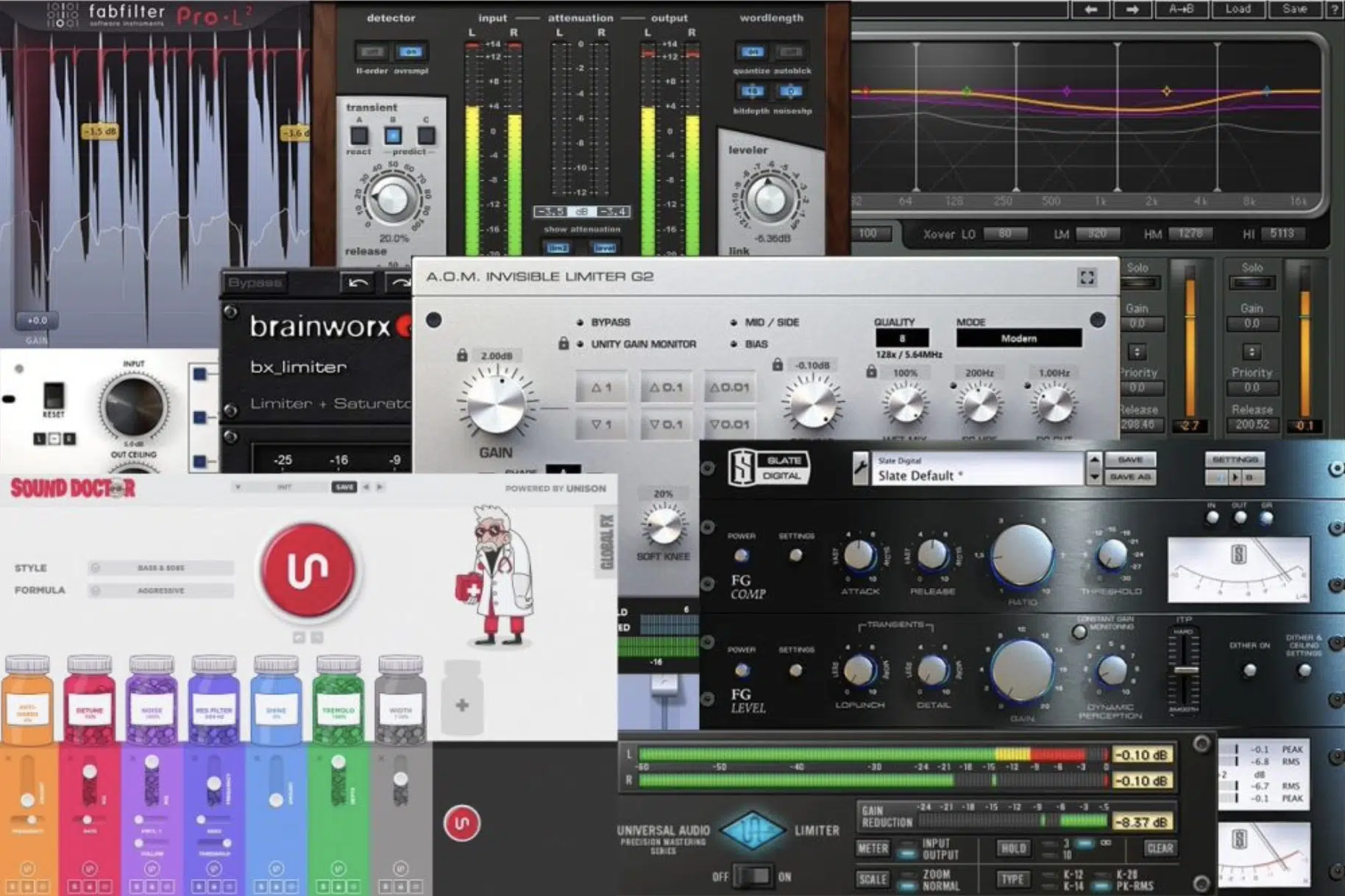
Mastering, like with any other genre, is the final step in your journey to learning how to make future bass tracks that can top the charts and playlists.
It will help make sure your track sounds cohesive, polished, and professional across all playback systems (which is key).
Start by applying a limiter to increase the overall loudness while preventing clipping.
The key is to find a balance where the track is loud and competitive but retains dynamic range to avoid sounding flat and over-compressed, which nobody wants… ever.
Also, use a multiband compressor to fine-tune/play around with the dynamics of different frequency ranges for some extra edge (and inspiration).
This allows you to:
- Tighten up the low end
- Add clarity to the mids
- Enhance the brightness of the highs
Quick tip is to monitor your track on different systems and in various environments.
It will help you make adjustments that ensure your future bass track sounds powerful and clear 一 whether it’s played in a club, on the radio, or through headphones.
This attention to detail in the mastering process will help your track stand out in the competitive world of music production.
How to Make Future Bass Beats: Final Thoughts
Future Bass, as you now know, is a super hypnotic, vibrant, and emotionally charged genre that people really love..
It can energize a room with pulsating beats and drive people crazy with its wobbly, show-stopping poly-synths.
Plus, it’s signature vocal chops and dynamic drops are magical.
Your job, as a future bass producer, is to ensure you bring that signature complexity and emotional depth to each and every future bass track you create.
To do so, use the tips, tricks, and techniques we broke down today to instantly level up your future bass game and find your signature sound.
To really elevate your game to professional standards, you’ve got to download the legendary Future Bass & Melodic Trap MIDI Chord Collection.
This invaluable (and extensive) collection is designed specifically for future bass and includes everything you’ll ever need to create show-stopping tracks that will blow the competition right out of the water.
NOTE: It includes 25 major and 25 minor genre-specific progressions for each of the 12 keys, over 35 major and minor genre-specific individual chords for each key.
That’s an insane 1830 MIDI files total… Imagine the possibilities.
Plus, as a bonus, it comes with a Theory/Melody Writing Walkthrough PDF which people say have changed the way they look at theory and melody-writing altogether.
Now, with a solid foundation in how to make future bass and this epic pack, you’re ready to create the most mesmerizing future bass tracks in the game.
I hope to see your name catapult to the top of the charts and the most popular playlists.
Until next time…







Leave a Reply
You must belogged in to post a comment.